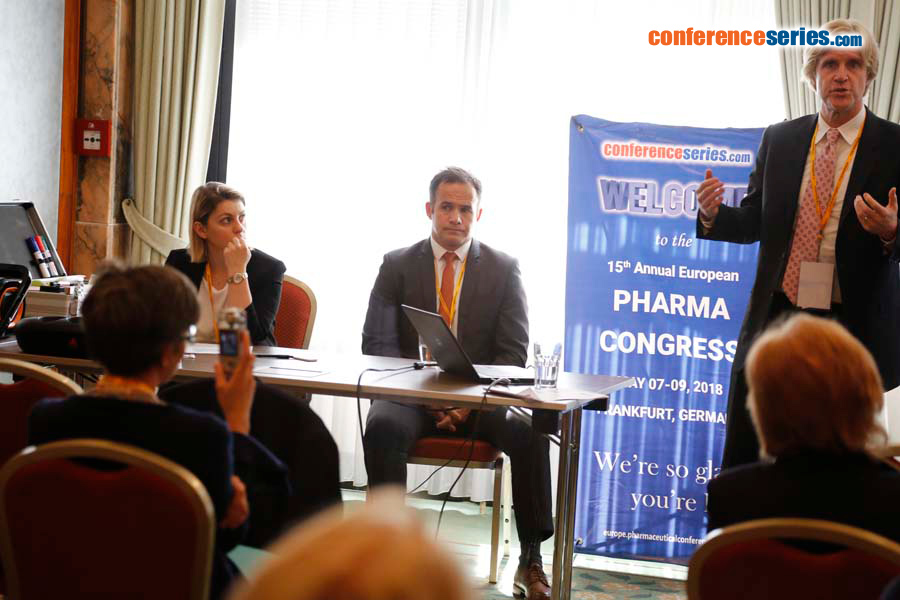
Kell Cannon
3D Communications, LLC, USA
Title: CHMP meetings: How to prepare for, manage and excel at these EU regulatory meetings
Biography
Biography: Kell Cannon
Abstract
Getting a product approved by the European Medicines Agency (EMA) can be daunting, especially for companies that have little experience with this unique and complex process. Within the EMA, the Committee for Medicinal Products for Human Use (CHMP) conducts a scientific data review and recommends whether or not the drug or biologic should receive marketing authorization. The CHMP holds meetings to get input and scientific advice to inform its decision and/or to discuss objections that might prevent or delay approval. For applicants, the goal is clear: get a positive majority vote for marketing authorization. However, multiple hurdles exist that can make preparing for these meetings quite challenging. Firstly, CHMP meetings are not public; they’re held behind closed doors, and even the applicant is not present for much of the discussion. The CHMP typically makes its own presentation to the regulatory or scientific experts before the applicant is allowed in the room. Thus, when applicants present their data and answer questions, they don’t know what has already been discussed. In addition, the applicant has only one hour to make a core presentation AND answer the panel’s questions. In addition, applicants are allowed only a very limited number of people in the room, meaning they have to face tough Q&A without much backup from internal or external experts. After the applicant’s hour is up, they are dismissed from the room; the ensuing deliberations and voting are private. With such a limited amount of time to state their case, applicants’ messages must be clear, compelling and memorable. Another major hurdle is the limited preparation timeline. While the applicant may have an early indication based on the Day 80 rapporteurs review or the Day 120 list of questions, the need for a CHMP meeting only becomes certain when they receive the Day 180 assessment. That leaves the applicant with one to three months to prepare a briefing document, core presentation, and answers to difficult questions. The information must be presented clearly and concisely to overcome CHMP objections within the very limited timeframe of one hour, and to ensure that the voting participants retain the information up until the vote. This presentation will walk you through how to prepare for, and manage, CHMP meetings to achieve a positive recommendation for your product. Learning objectives of this presentation will be as follows: understand the EMA review timeline; learn how to prepare for the four different types of CHMP meetings you may face (Expert Group meeting, Scientific Advisory Group (SAG) meeting, oral explanation, and PRAC meeting); be introduced to the technology and support needed to successfully manage Q&A in the meetings.




